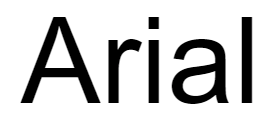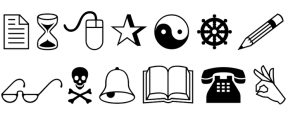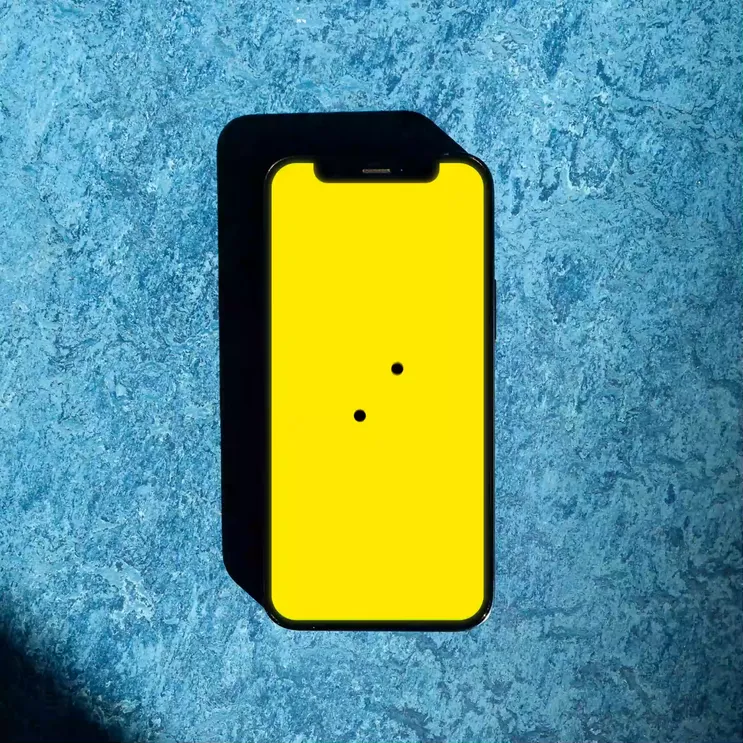Design
4 min read
When Fonts Speak: The Untold Stories of Typefaces
If fonts could talk, they’d have a lot to say.
They’d give TED talks on the importance of presentation, they’d gossip about the documents they’ve seen, and they’d certainly have a lot of opinions about each other.
Fonts have distinct personalities, each conveying its unique flair and feeling. Here’s a whimsical exploration of the secret lives of fonts:

Ah, Times New Roman.
The first in line, the ever so reliable, the standard-bearer of term papers and business reports. This classic font might be seen as the “elder statesman” of the font world. It would be an academic, pipe-smoking, sophisticated, and slightly dry. Known for its broad vocabulary, it is a font that believes in tradition and upholding standards.

This is the font that no one takes seriously – the class clown of typefaces. Comic Sans is always ready for a birthday party invitation or a lemonade stand sign. While other fonts are working hard, Comic Sans is there to remind them to take a step back and not take everything so seriously. Some might say it’s a bit too relaxed, but in its mind, it’s just here to have a good time.

The younger cousin of Helvetica, Arial often gets overlooked due to its resemblance to the more famous font. Arial is modern, clean, and no-nonsense. It’s the office intern, eager to please and slightly unassuming, it does its job without much fuss. Though sometimes mistaken for Helvetica, Arial doesn’t let it get to its head. It’s proud to be a popular choice for a wide range of documents.

Helvetica is the elegant, worldly older sister to Arial. Stylish yet unpretentious, Helvetica is the Audrey Hepburn of fonts. It’s a well-traveled, multilingual font that feels at home in a chic design studio as well as a corporate brochure. It always knows the latest trends in graphic design and never has a hair out of place.

If Courier were a person, it’d be a hard-boiled detective or an old-timey news reporter, constantly churning out stories on a vintage typewriter. It’s a nod to an era where ink and paper ruled the world. It’s seen a lot over the years and isn’t afraid to tell you about it, in monospace, no less.

Papyrus is that one eccentric friend everyone seems to have. It’s never quite sure if it’s a manuscript from an ancient civilisation or the menu at a hip, fusion restaurant. This font enjoys its mystique and isn’t afraid to stand out.

The cryptographer of the font world. Wingdings doesn’t speak in words but rather in symbols. It’s the enigmatic, the intriguing, the puzzling party guest whom everyone wants to understand but few can decipher. A conversation with Wingdings can be a confusing, yet surprisingly insightful experience.
Every font has its own story to tell, its unique personality that gets imprinted on every document it graces. So the next time you’re drafting a document, designing a logo, or even just sending an email, remember: the fonts you use have lives of their own. And they might just be talking about you when you’re not looking.























